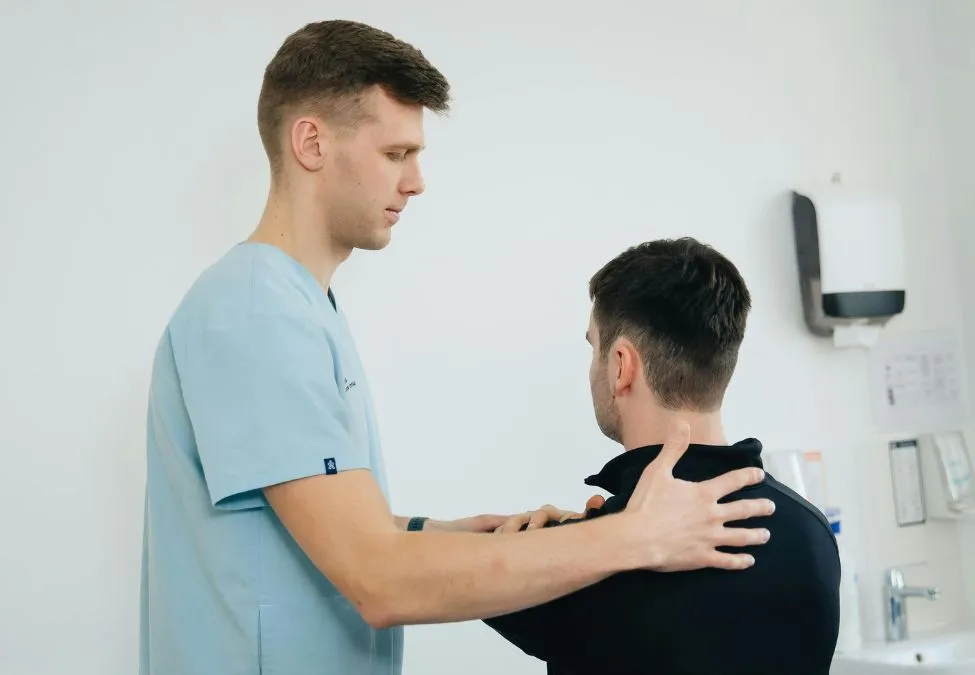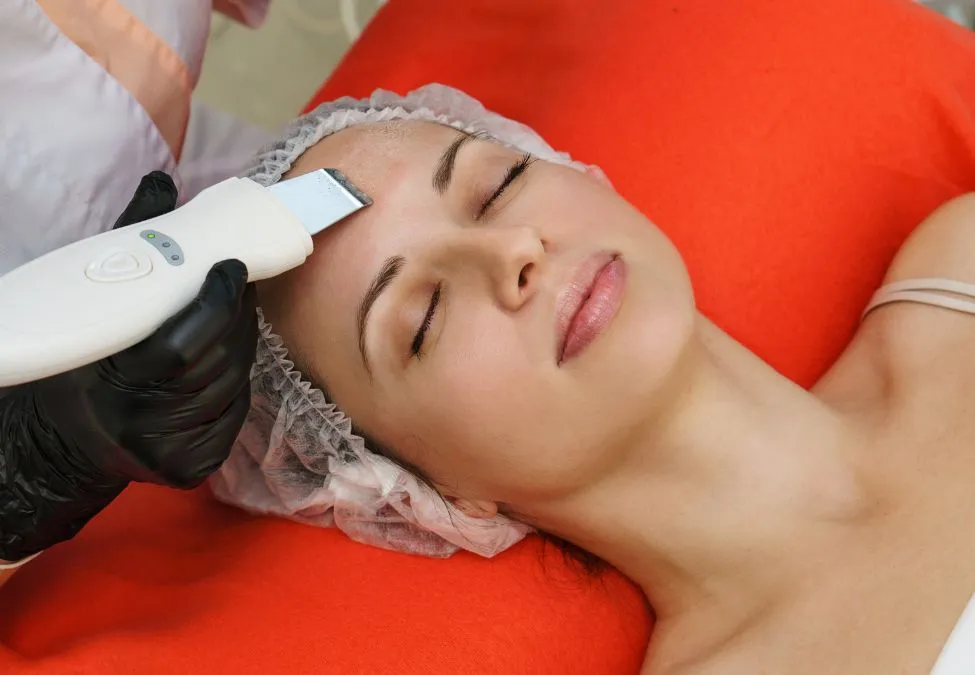

Musculoskeletal mesotherapy is a treatment designed to alleviate pain and promote healing in conditions affecting the joints, muscles, and soft tissues. It involves the injection of a tailored mixture of medications, vitamins, and minerals into specific areas of the body, offering localized pain relief and enhancing the body’s natural healing processes.

Musculoskeletal mesotherapy involves injecting a customized solution into the mesoderm, the middle layer of the skin, which houses connective tissue, blood vessels, and nerves. The treatment aims to:
This therapy is often recommended for various musculoskeletal conditions, including:
Though generally safe, musculoskeletal mesotherapy may have some side effects, including:
While some studies suggest the benefits of mesotherapy in managing musculoskeletal pain, the research is still limited. More clinical trials are needed to confirm its long-term efficacy and safety.
Musculoskeletal mesotherapy offers a minimally invasive, localized treatment option for individuals suffering from joint pain, soft tissue injuries, and chronic pain conditions. It aims to alleviate pain and promote healing through targeted injections.
If you are considering mesotherapy, consult with a qualified healthcare provider to weigh the potential benefits and risks for your specific condition. If you need more information or have further questions, feel free to ask!
Platelet-rich plasma (PRP) therapy is an innovative medical treatment that taps into the body’s natural healing abilities to stimulate tissue repair and regeneration. By using the patient’s own blood, PRP therapy concentrates platelets and growth factors into a plasma solution, which is then injected into areas requiring healing. This therapy is widely used in fields such as orthopedics, sports medicine, and dermatology.

PRP therapy involves a few key steps:
Orthopedics and Sports Medicine: PRP is commonly used to treat:
Dermatology and Aesthetics: PRP is also utilized for cosmetic purposes, including:
While PRP therapy is generally considered safe due to the use of the patient’s own blood (which minimizes risks of allergic reactions or disease transmission), there are a few potential side effects:
Results can vary among individuals, and multiple treatments may be necessary for optimal results depending on the condition being treated.
PRP therapy is a promising treatment option for a variety of musculoskeletal conditions and cosmetic procedures. By utilizing the body’s own healing mechanisms, PRP can promote faster recovery, reduce inflammation, and enhance tissue regeneration. For individuals considering PRP therapy, it is essential to consult with a qualified healthcare provider to discuss the potential benefits, risks, and suitability for their specific condition. If you have further questions or need additional information about PRP, feel free to ask!
Prolotherapy, also known as proliferative therapy, is an alternative treatment designed to relieve pain and promote healing in musculoskeletal injuries. It involves the injection of a solution, typically containing dextrose (a type of sugar), into damaged tissues such as ligaments, tendons, and joints. This process stimulates the body’s natural healing mechanisms, encouraging tissue regeneration and pain relief.

Prolotherapy works by triggering an inflammatory response in the targeted tissue:
Prolotherapy is commonly used to treat a variety of musculoskeletal conditions, including:
The prolotherapy process typically involves the following steps:
Prolotherapy offers several potential benefits, including:
While prolotherapy is generally safe, there are some potential side effects to consider:
It is crucial to consult with a qualified healthcare provider to evaluate the appropriateness of prolotherapy for specific conditions and to ensure a safe and effective treatment plan.
Prolotherapy is a promising treatment option for individuals with chronic pain or musculoskeletal injuries affecting ligaments, tendons, and joints. By stimulating the body’s natural healing process, it offers an alternative to more invasive treatments. However, as with any medical procedure, a thorough consultation with a healthcare provider is essential to weigh the risks and benefits and develop a comprehensive treatment plan.
If you have any further questions or would like more information about prolotherapy, feel free to ask!